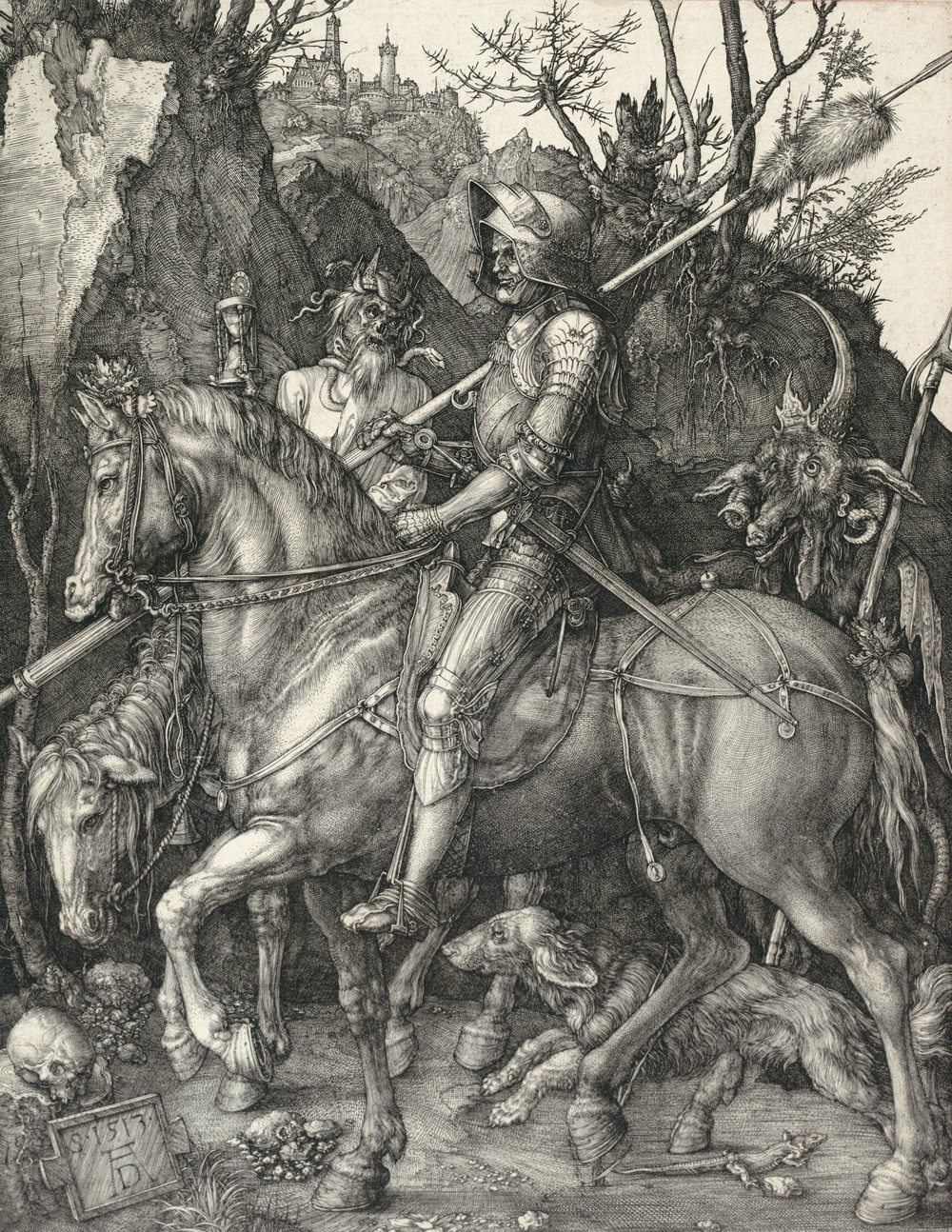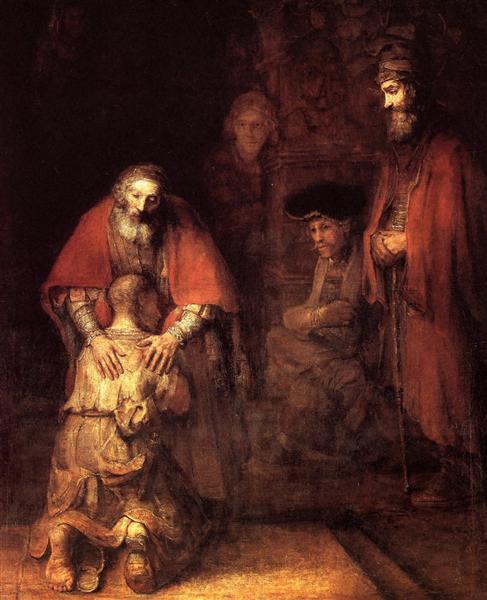Peace is hard to come by these days. It seems to be in short supply. We seem to be more familiar with anxiety and despair than we are with peace and joy this year.
Sometimes the frustration we are experiencing can boil over as we raise our fist to the sky and cry out to God like the prophet Isaiah, “Why don’t you tear open the heavens and come down here! Come down and help get us out of this mess that we’re in! Come down and take out covid! Come down and bring a vaccine! Come down and bring peace on earth, goodwill to men! Oh, that you would rend the heavens and come down, that the mountains might quake with your presence!”
It’s easy for us to relate to this first part of Isaiah 64. It was easy for the Israelites to focus on it as well. Why? Because God actually did perform the awesome deeds Isaiah describes. The ground really did quake and shake, and the mountains really did tremble before his presence. The children of Israel saw God’s mighty acts for themselves when he worked miracles before Pharaoh through his servant Moses, and when he brought them out of the land of Egypt during the Exodus with a cloud by day and a pillar of fire by night. When God gave his people the law at the holy mountain of Sinai, there was fire and smoke and shaking and quaking. The people had witnessed and experienced God’s power and might in days of old, but now it seemed like he had all but forgotten them. There was no rest - and no peace - for the weary.
Let’s go back to the way the ministry of Moses began. He had been living in exile as a shepherd in the wilderness when God showed up at Mt. Sinai to give him a plan and a purpose. God spoke to Moses by way of a burning bush that was on fire but not consumed. This was not a condemning fire of judgment, but a refining, sanctifying fire of mercy. It wasn’t just a plan and a purpose that God provided for Moses - it was his presence and his peace. “I AM has sent me to you.”
Later Elijah would be in much the same position before the Lord on Mt. Sinai. He had been on the run from evil King Ahab and Queen Jezebel after he had defeated the prophets of Baal. He was having a pity party for himself because after all he had done for God and his people Israel, he felt like he was the only one left who feared God. And then, in the cleft of the rock, there was an earthquake, a mighty wind, and a great fire. But the presence of God wasn’t in any of those things. No, God’s presence came in a holy hush, a gentle whisper, a still small voice. God came to him to give him what he needed most: his presence and his peace.
As we stumble through this crazy covid year, we may have some of the same feelings as Isaiah, Moses, and Elijah. Where are you God? Why don’t you care? Where are all of the other believers? Am I the only one left? Sometimes the peace that passes understanding is pretty hard to understand.
And yet, amid our anxiety and despair, the passage from Isaiah 64 ends with these wonderful words of hope. “Oh Lord, you are our Father, we are the clay, you are the potter, we are all the work of your hand.” He is still our Father, and we are still his dear children. He is still in control, even though the world seems to be falling apart all around us. He is gently forming us and molding us into what he has created us to be. And in the refining fire of the kiln, through the trials and tribulations of this world, we are strengthened and cemented in our faith.
The good news for us today is that the words of the prophet have been fulfilled. Moses, Elijah, Isaiah, and all the Old Testament saints finally had their prayers answered. God the Father remembered his promise long ago by sending the long-awaited Messiah, his one and only Son, Jesus Christ the Lord.
“For to us a child is born, to us a son is given, and the government will be on his shoulders. And he will be called Wonderful Counselor, Mighty God, Everlasting Father, Prince of Peace” (Isa 9:6).
He came down from heaven to earth to be born as a baby in Bethlehem, to live a perfect life and die a sacrificial death on the cross for us and for our salvation. As he did so, the Scriptures say that the curtain in the temple was torn in two, rent asunder from top to bottom, for no longer was there any barrier to separate God from his people.
“For he himself is our peace, who has destroyed the barrier, the dividing wall of hostility, by setting aside in his flesh the law with its commands and regulations. His purpose was to create in himself one new humanity, thus making peace, and in one body to reconcile us to God through the cross. He came and preached peace to those who were far away and peace to those who were near. For through him, we have access to the Father by one Spirit.” (Eph 2:14-18).
After Jesus rose from the dead, he appeared to the disciples in the upper room. He greeted them with one word, shalom, which means peace, of course. But when the Risen Lord Jesus Christ, the very Prince of Peace, says shalom to you on Easter Sunday afternoon, it means so much more.
“I am here now. All is well. Don’t be afraid. Everything is going to be okay. Behold, I am making all things new.”
Christian peace is not the absence of problems, but it is the presence of God amid our pain and sorrows. Thanks be to God that Jesus has come to bring his presence and his peace to all people.
+++














